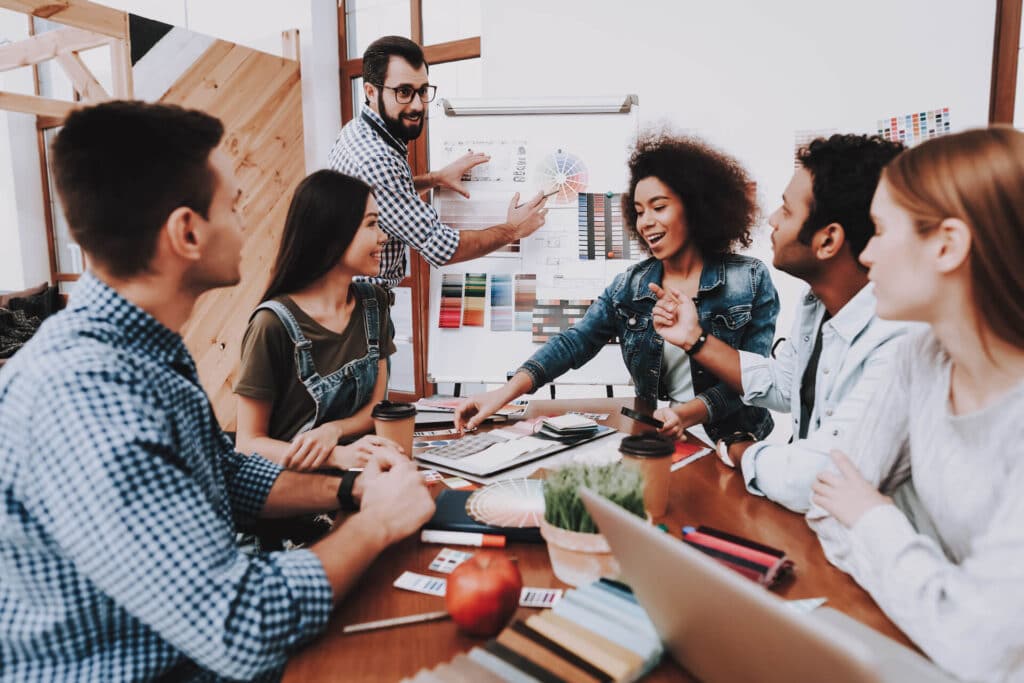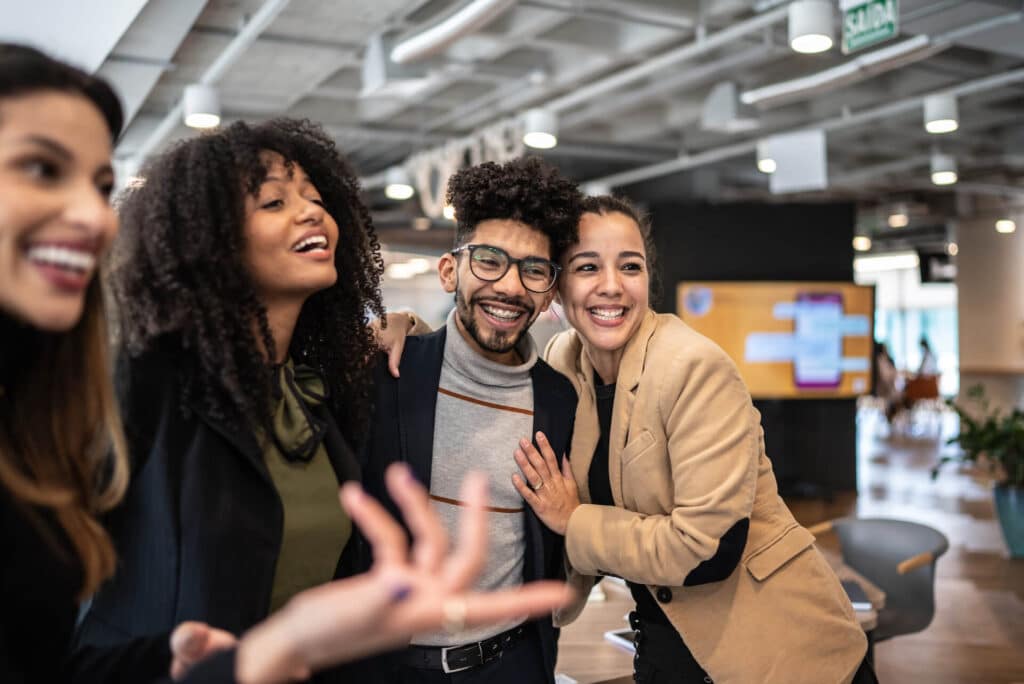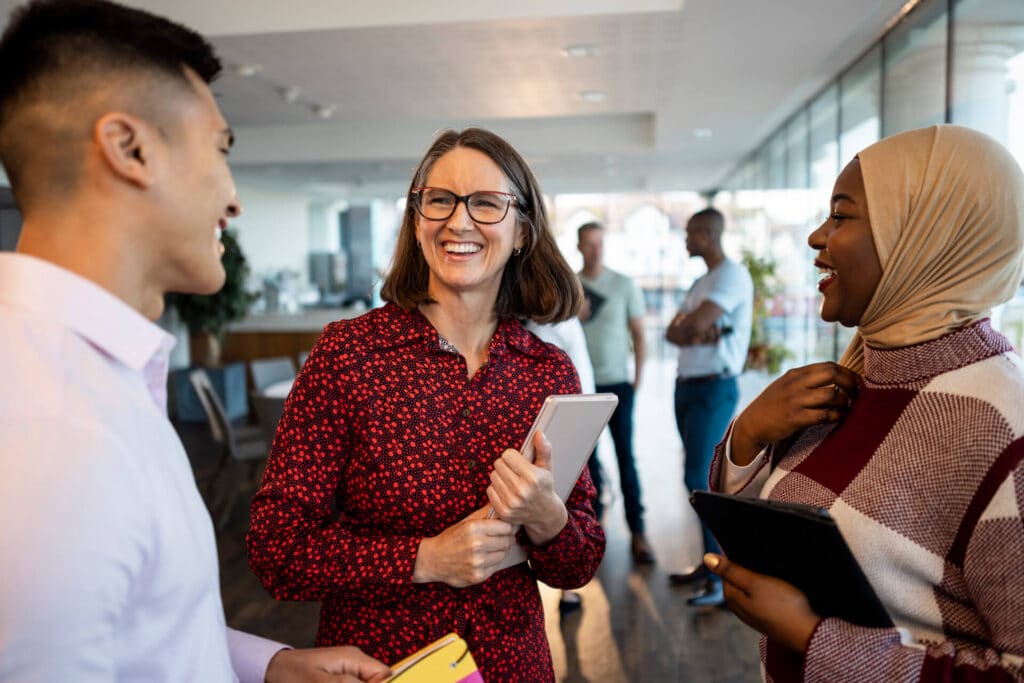While the world is figuring out how to reopen offices and safely return employees, the long-term impacts of COVID-19 are starting to emerge in the workplace.
In our latest panel discussion, global workplace leaders shared the trends they’re seeing in their own facilities and the strategies they’re using to deal with each challenge.
Here are a few key themes that emerged during the discussion. If you’re curious to hear all of the challenges and strategies shared during the talk, you can listen to the full recording of COVID-19: Long-term impacts in the workplace here.
Our panelists
- Angie Earlywine, Managing Director & Workplace Specialist, Lamar Johnson Collaborative
- Elizabeth Henry, Facilities Manager, Space & Services, Lululemon
- Sarah Glickman, Manager, Global Workplace, Tanium
- Scott Moitoza, Senior Director, Real Estate & Facilities, Procore
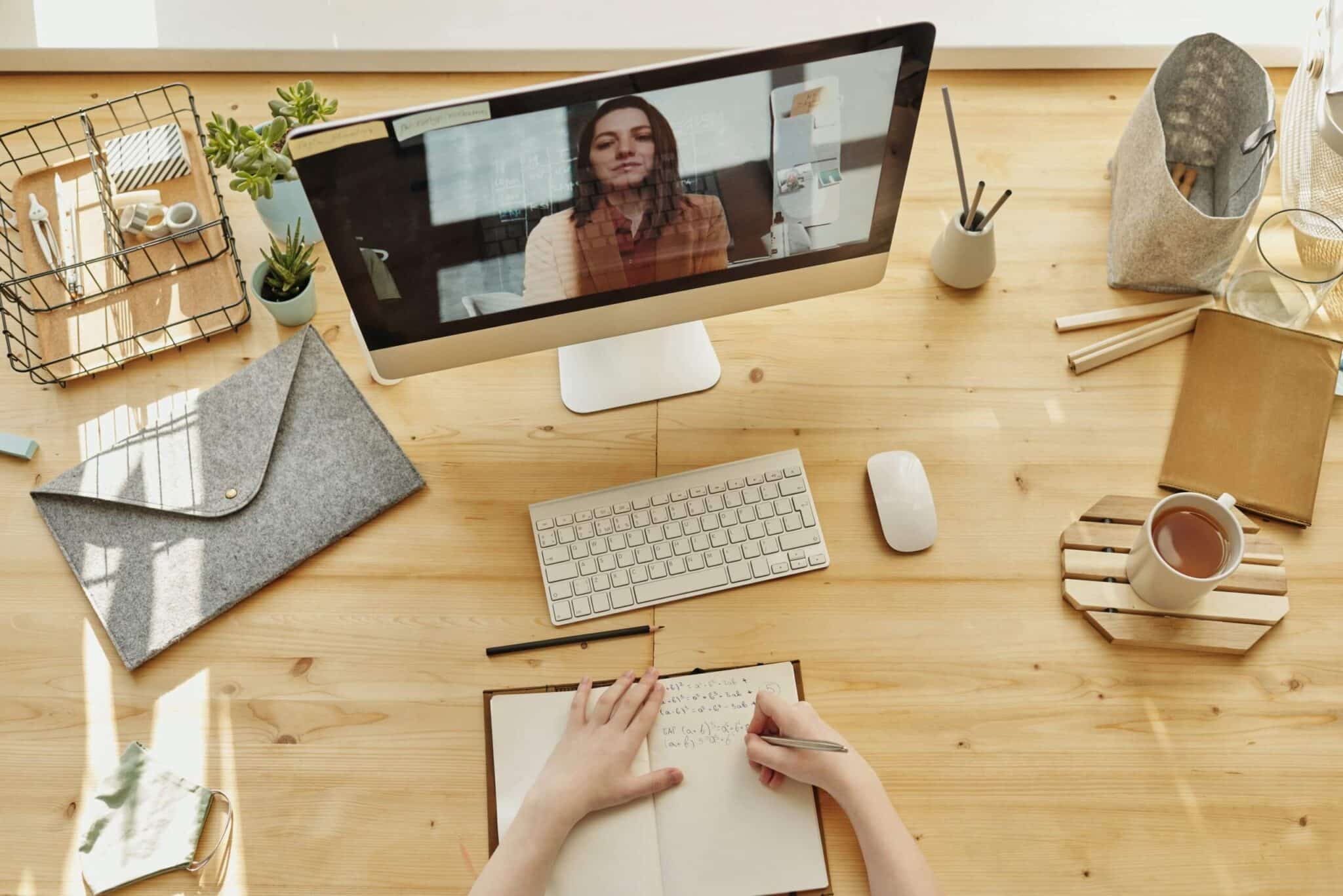
The end of office densification, the dawn of full flexibility
With social distancing in effect, and the growing number of employees who want to keep working from home part- or full-time, companies are being forced to loosen up on their workplace density requirements.
According to Angie Earlywine from Lamar Johnson Collaborative, this means we’ll start to see companies give employees full flexibility in where and how they work.
Everything from giving people the ability to work from home whenever they want, to new flexible setups in the office—bookable desks, task-based neighborhoods, different sized collaboration spaces, quarantine and quiet spaces.
As with every other challenge that COVID-19 has thrown our way, Earlywine says there’s no one-size-fits-all solution for balancing density and flexibility in the workplace.
“In some cases that might mean that real estate stays the same in square footage because of that spread of lessening of the density target. And in other cases, depending upon how many work from home and how many days a week, it might be a contraction of real estate. So it’s very situational by company, by region.”
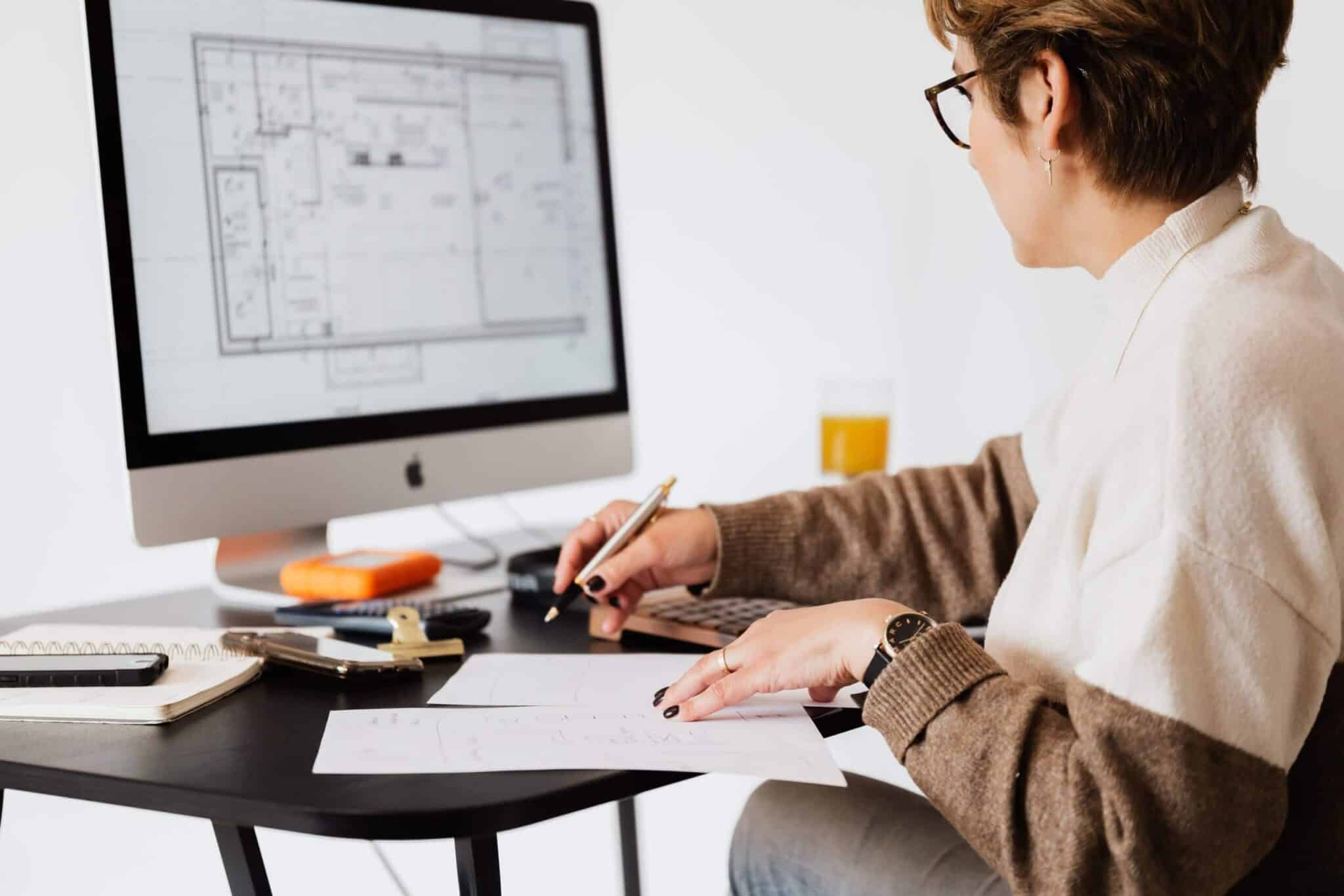
Rethinking floor plan design, making ongoing changes
To keep employees safe and comply with COVID-19 safety guidelines, companies are having to rethink how their floor plans are configured.
Instead of one break room or one cafe per floor, would a handful of smaller shared zones be better? Do we need private, distanced spaces for deep work? Where will people self-isolate if they need to? And how will teams collaborate when some are in the office and others are working from home?
Unfortunately, the ever-changing nature of how each country is dealing with COVID-19 only makes the matter more complex. As local guidelines change, and more people return to the office, the floor plan you have today might not be the floor plan you need next week.
The only thing that’s certain is that floor plan configurations will need to be implemented, monitored, and adapted on an ongoing basis.
There’s never been a greater business case for employee safety, health, and well-being than there is today. So I hope that (what we consider to be) the best places to work shifts focus in the future. It’s not just about things like culture and how great your health insurance is, but actually: how healthy are the buildings that you supply for your people?
— Angie Earlywine, Managing Director & Workplace Specialist, Lamar Johnson Collaborative
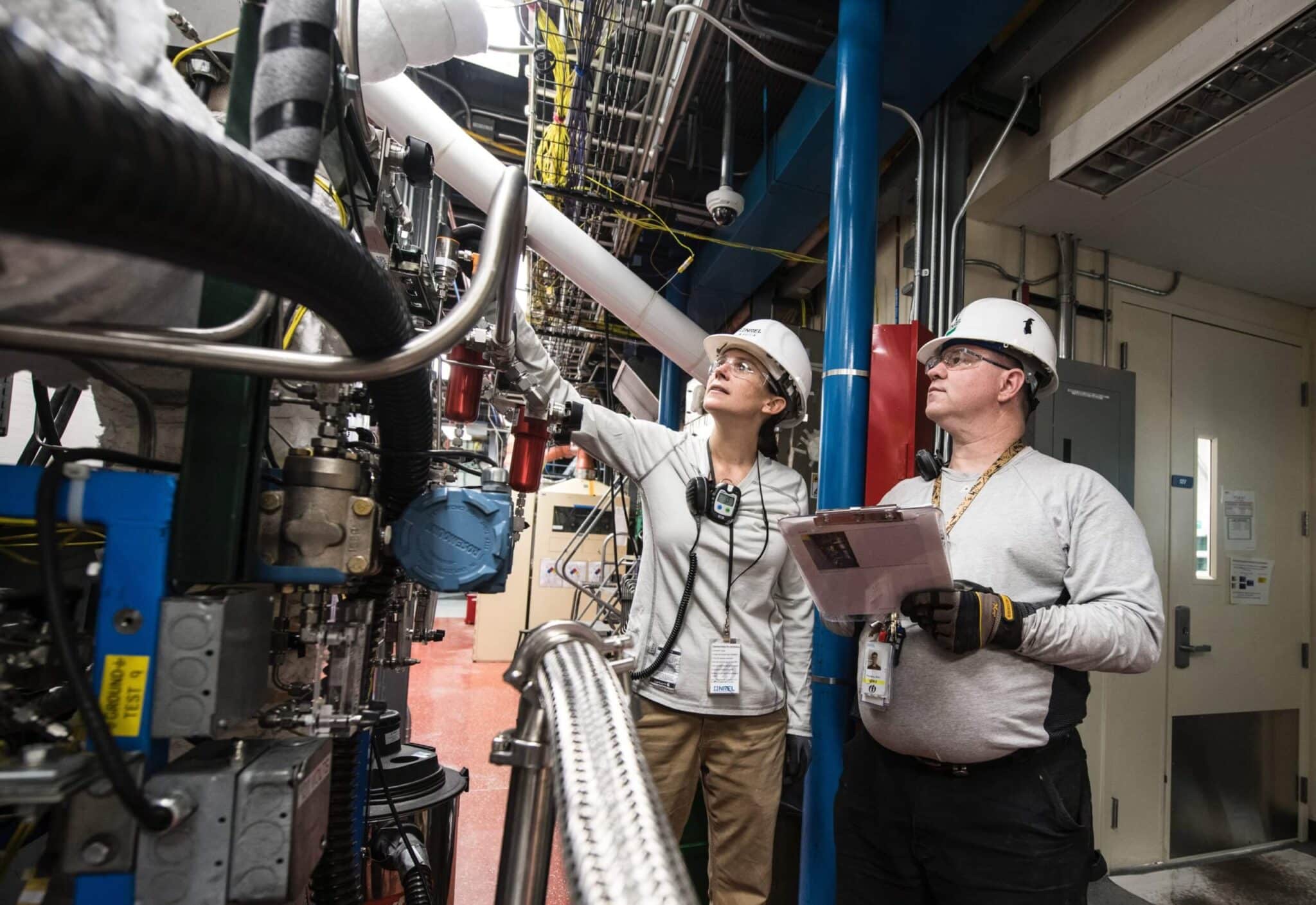
The big problem with heating and cooling systems
Thanks to COVID-19, there’s a huge need for monitoring and maintaining air quality at all times. This is especially important for colder locations, where working outside simply isn’t possible.
To tackle this situation, the team at Tanium is looking at introducing CO2 air quality sensors that monitor workplace air quality and send automated notifications when a dip requires immediate attention.
Beyond workplace sensors, we may also see emerging filtration technology becoming commonplace, if not mandated, in the long-term.
Researchers from the University of Houston, in collaboration with others, have designed a “catch and kill” air filter that can trap the virus responsible for COVID-19, killing it instantly. Beyond office buildings, the filter could also prove useful in stopping the spread of COVID-19 in airports, airplanes, schools, and cruise ships.
We need to think remote-first. We know that our offices in 2021 might only see 40% to 50% capacity. Which means that 50% of our people will be working from home. We need to have a quality where it’s still okay to work from home, and you still feel like you’re being taken care of.
— Scott Moitoza, Senior Director, Real Estate & Facilities, Procore
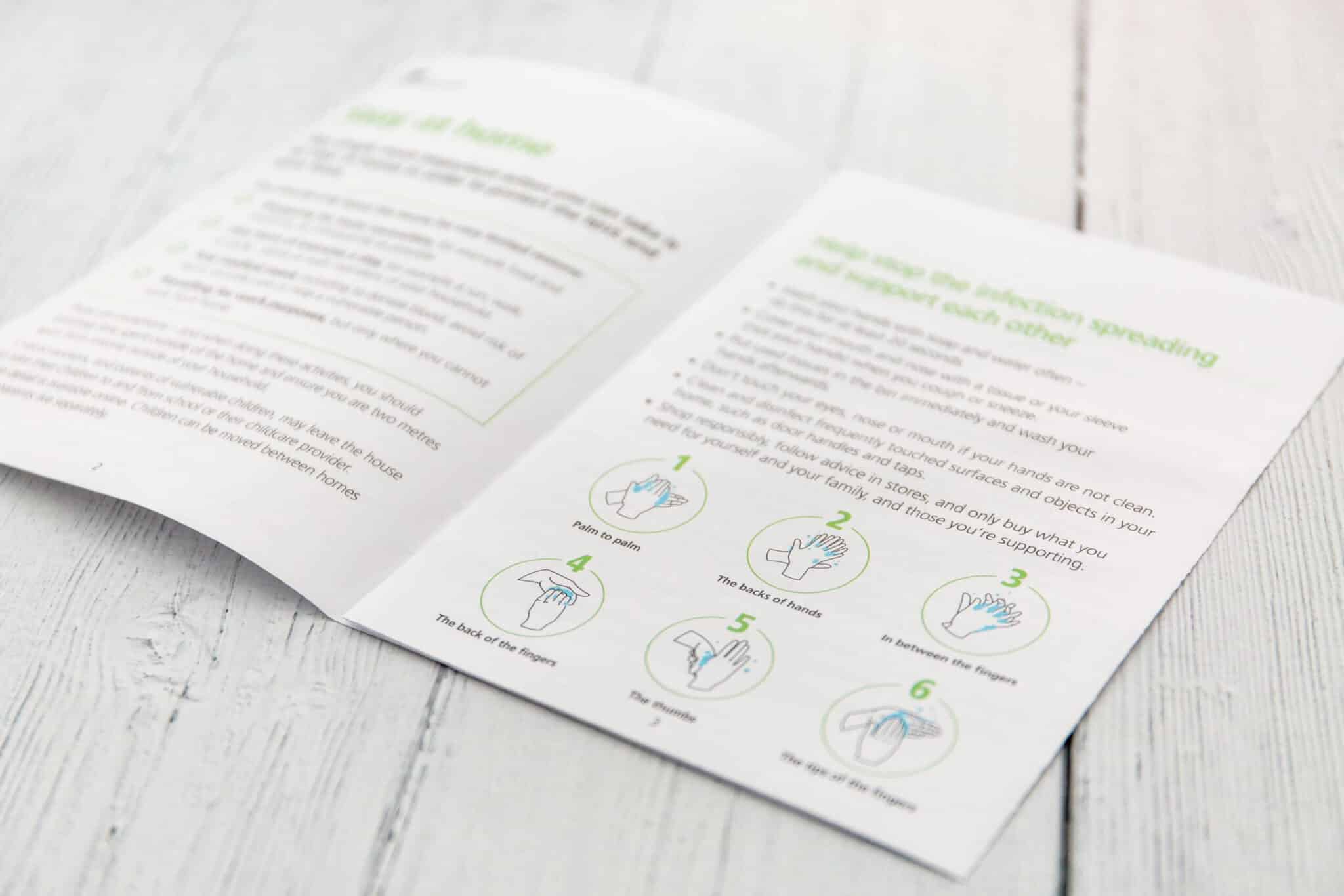
The need to physically demonstrate your commitment to employee safety
When PwC surveyed more than 1,100 American workers about returning to the workplace, the majority of participants (70%) said that something would prevent them from returning to the office or work site, while most participants (51%) cited a fear of getting sick.
This data suggests that it’s no longer enough to say that you’re committed to employee safety. It’s increasingly important for companies to show their commitment to safety throughout the workplace.
One small way that Tanium is achieving this is by asking employees to keep their wireless mouse and keyboards with them, whether they’re at the office or working from home. The end goal is to provide “a sense of security that you’re not touching something that somebody else touched a million times.”
Scott Moitoza at Procore also says that their communication strategy now involves showing employees that enhanced cleaning measures are in place, by scheduling cleaning to occur during work hours.
“Cleaning. The people now need to see it. We clean the heck out of our spaces. But (before COVID) we did it after hours, so no one saw that happen. We’re now transitioning that to happening during the day, so that people see it.”
Moitoza’s team is also implementing the “If it’s green, it’s clean” signage system to provide greater peace of mind at some facilities.
“For some of our smaller locations of 100 people or less, we’re looking at putting out green and yellow signs in conference rooms. If you’ve used it, it turns yellow. If it’s green it’s clean.
“Same thing for desks. Using OfficeSpace, we’re not going to let people book half days or for an hour. It’s yours for the whole day, and it’ll be cleaned after hours. But (with the green/yellow signage), there’s still that perception of ‘I came to the desk in the morning and there’s a little green label that says it’s been cleaned.’”
Moitoza admits that Procore’s signage system may not scale larger facilities, but says that at smaller levels it can add a “nice, personal touch.”
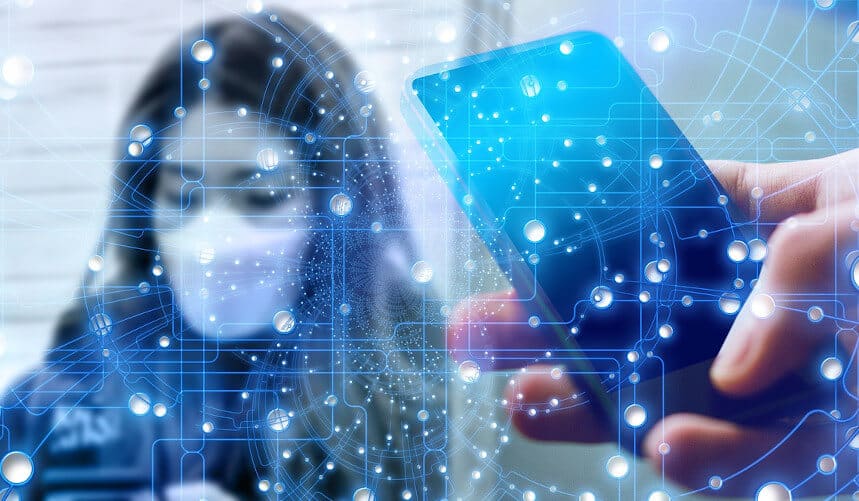
You’ll need better workplace technology to deal with the long-term impacts of COVID-19
The full extent of COVID-19’s long-term impact on the workplace is still largely unknown.
As more people return to the office and new challenges arise, you’re going to need more than a few Excel spreadsheets to manage every aspect of your facility.
OfficeSpace has everything you need to plan, implement, measure, and evolve your reopening strategy as the situation evolves.
If you’d like to see how the tools and features in OfficeSpace can help, book a demo with our team.
Photos: August de Richelieu, Julia M Cameron, Karolina Grabowska, Science in HD, OSS


